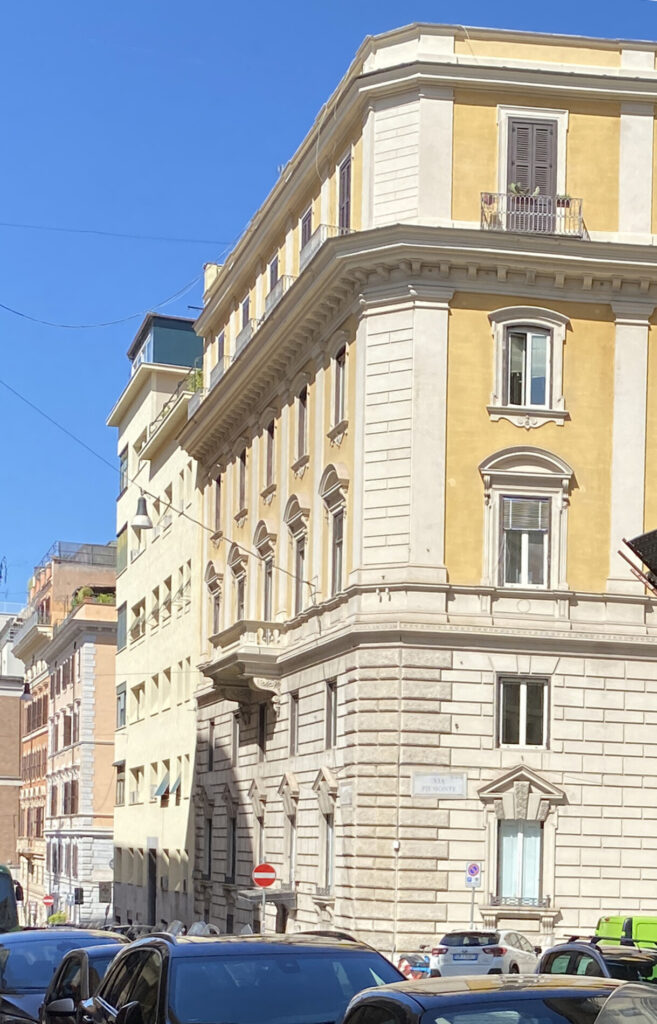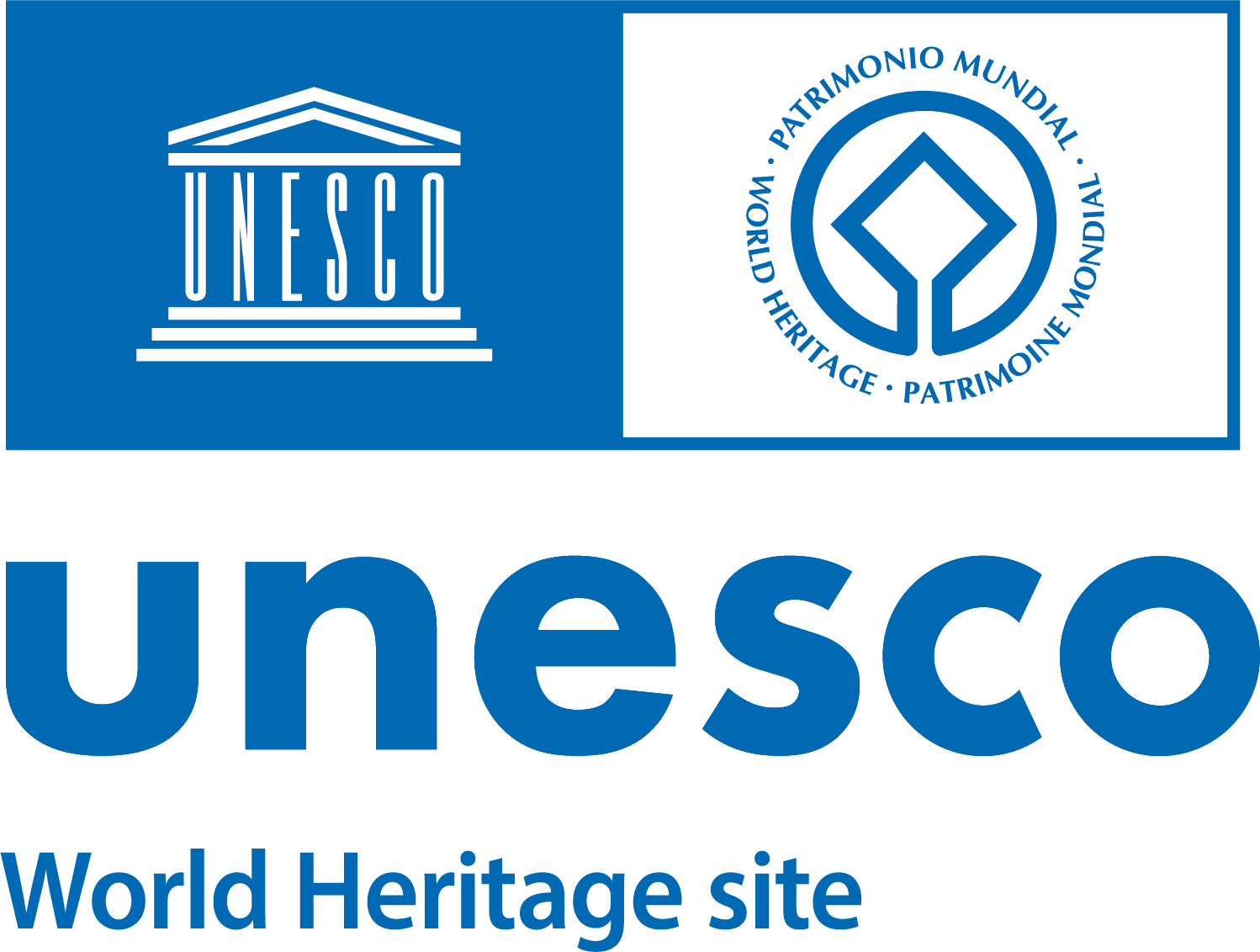Following Rome’s annexation to the Kingdom of Italy in 1870, the city underwent rapid transformation. Villa Boncompagni Ludovisi was sold to the Società Generale Immobiliare, and its land was subdivided according to the 1883 Master Plan. A mix of palaces and villas was built, forming one of Rome’s most elegant neighborhoods. The eclectic architectural style drew on multiple historical traditions. Notable examples include the Neo-Romanesque church of San Camillo de Lellis, the barocchetto romano style of Villino Boncompagni (now the Boncompagni Ludovisi Museum of Decorative Arts), the Liberty-style Villino Florio, the ornate gates of Villino Rasponi, and the refined Villini Folchi, Rudinì, de Hernandez, Maraini, and Macchi di Cèllere.



